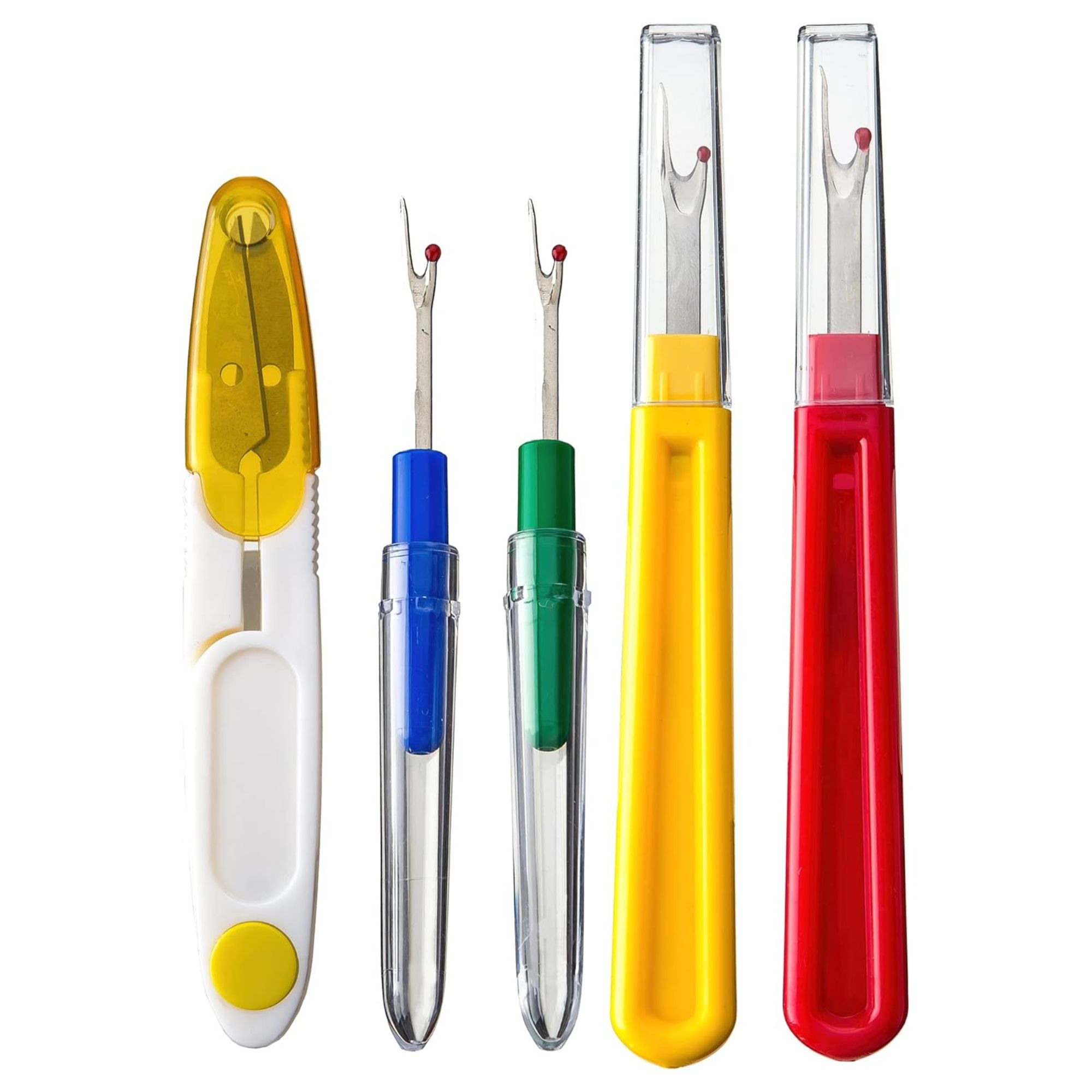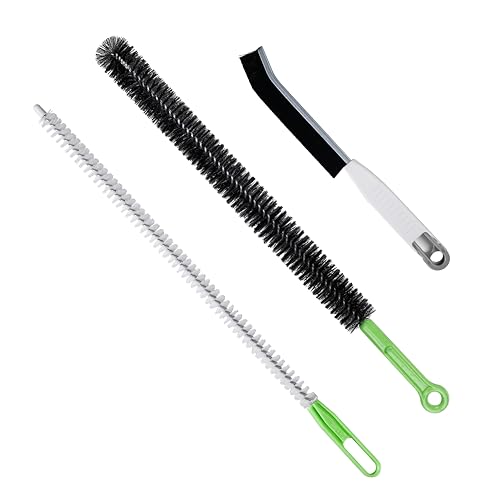
They help us daily, but how often should you clean your robot vacuum? These smart devices take the human effort out of floorcare, but that doesn’t mean you can neglect them.
Sprucing yours up doesn’t have to be complicated, but it does need to be consistent, happening once every three uses. Skip this and you risk a machine that’s noisy, ineffective, or worse, broken, say our experts.
Once you know how to clean your robot vacuum, here’s what the experts want you to know about the frequency to stick to, and the quick habits that will make a big difference.
Are you cleaning your robot vacuum often enough?
Rhonda Wilson, quality lead cleaner at FreshSpace Cleaning, say there’s no one-size-fits-all answer, but offers an easy guide to follow. She says, 'Quick cleans should happen at least every three uses or weekly. That means wiping down the surface, checking the brushes and wheels for tangles, and always emptying the bin – ideally after every run.’
Rhonda recommends a thorough check on your best robot vacuum every two to three months. ‘That includes washing any removable parts, changing disposable filters, and checking for worn wheels or components that might need replacing,’ she explains.
Scott Schrader, cleaning expert at CottageCare, agrees, and adds that homes with pets or thick carpets may need more frequent maintenance. ‘Even one or two uses can clog up the brush roll and sensors.’
‘Without regular cleaning, suction drops, and you’re putting the motor at risk. It might still move around the house, but it won’t be doing its job properly,’ he continues
Skipping regular care can also shorten the lifespan of your vacuum, cause lingering odors, or result in faults.
If your robot’s been struggling to perform, our guides to common faults engineers find in robot vacuums and common robot vacuum mistakes can help you troubleshoot and learn how to avoid them happening again in the future.
Tips to save time

While it might sound like a lot of effort, there are easy ways to stay on top of maintenance.
‘Buy reusable or replacement parts in advance – like spare filters and brushes – so you’re not stuck waiting for delivery when one needs changing,’ says Rhonda. ‘Swap them out during your deeper sessions and just toss the dirty ones in the wash.’
You can find replacement parts online for your eufy, Roomba, Shark, ECOVACS or Roborock robot vacuum.
Scott recommends keeping a mini kit nearby: ‘A soft brush, scissors and alcohol wipes are all you need for quick upkeep. I tell people to do a five-minute check while their coffee brews – it really is that simple.’ This is especially important if you have one of the best robot vacuums for pet hair, as you'll need to remove any wrapped hair.
Aminah Vieira, head of innovation at InspireClean, says scheduling your vacuum wisely also cuts down on maintenance. She says, ‘Let it clean when you’re out, and use the app to skip low-traffic zones. That way, you reduce how much dirt it picks up – and how often you need to intervene.’
Even self-cleaning models need some hands-on care. ‘Self-emptying just handles the dustbin,’ says Aminah. ‘Brushes, sensors and wheels still need weekly manual attention.’
Ultimately, a little effort goes a long way. If you want to avoid your robot vacuum getting stuck or spreading mess rather than removing it, make upkeep a habit. And if you’re wondering whether having two vacuums is better than one, combining a robot with one of the best cordless vacuums might just be the easiest way to keep on top of chores.
And who knows – if robots can bring us coffee one day, the least we can do is keep them well-maintained in return.
What to shop
Here is a simple but effective toolkit to keep on hand, which will make it easier to maintain a robot cleaning schedule with the right tools easily accessible.
All prices were correct at the time of publication.

Use this precise seam ripper kit to remove wrapped hair from your robot's rollers, ideally after every use. This is safer than using scissors, which can easily damage components.

These gentle wipes are great for wiping the exterior of your robot vacuum. Keep them nearby to wipe away any residue when needed.

These brushes are the ideal shape and size to reach into the tight spaces inside your robot vacuum weekly.
FAQs
How often do robot vacuums need emptying?
Whether robot, cordless or upright, never overfill your vacuum.
Most robot vacuums need to be emptied after every use, especially in homes with pets or high foot traffic. Even if the dustbin isn't full, built-up debris can put unnecessary strain on the motor and can cause your vacuum to lose suction power. Plus, removing dirt regularly can stop your vacuum from smelling.
If you have a self-emptying model, the base station should be emptied at least once a month to avoid overfilling.
What is the average lifespan of a robot vacuum?
With proper care and regular maintenance, the average robot vacuum lasts around four to six years. The lifespan depends on how often you use it, the type of flooring in your home, and how often you keep up with cleaning the filters, brushes, and sensors.
Models that are neglected or overloaded tend to wear out faster, while those treated like a well-used appliance, rather than a set-it-and-forget-it gadget, can easily last longer.
Next, learn more smart home must-haves like the best air purifiers that can transform your home with minimal effort.







